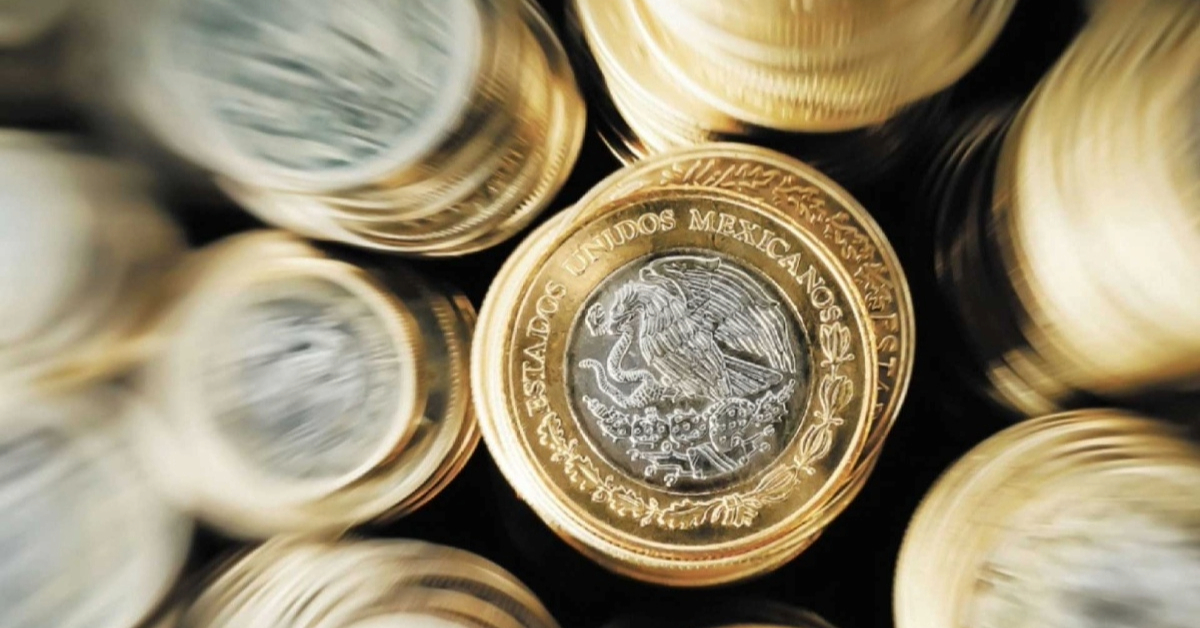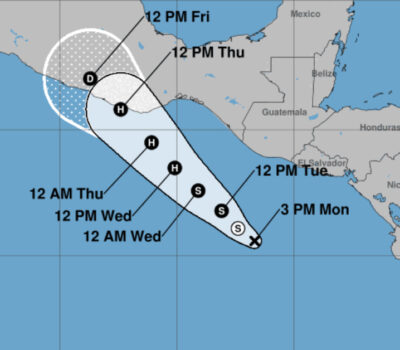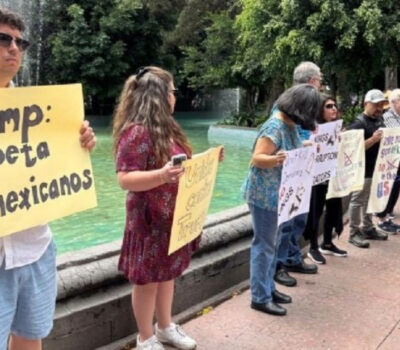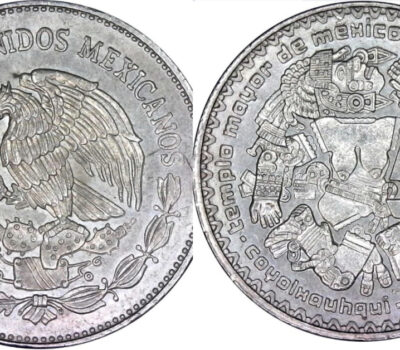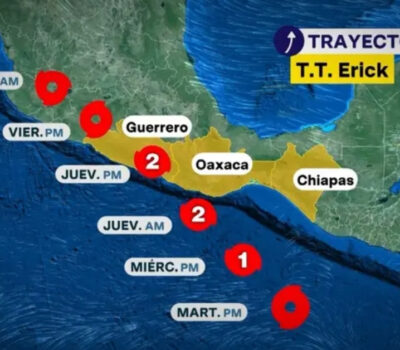Puerto Vallarta, Mexico – The Mexican peso opened in international markets at 20.31 pesos per dollar, marking a depreciation of 0.52%, or 10 cents, from the previous day, according to Bloomberg data. Overnight trading saw the exchange rate exhibit volatility with an upward bias as markets reacted to global and domestic economic conditions.
Market attention in Mexico is centered on the upcoming inflation report due at the end of the week, a key indicator for assessing the country’s economic health and potential monetary policy adjustments. Additionally, political developments in the United States are expected to influence global market dynamics, adding uncertainty to the peso’s performance.
Global Market Movements
On the global front, the dollar index, which measures the strength of the U.S. dollar against six major world currencies, registered a slight appreciation of 0.1% at the market’s opening. The euro experienced a 0.27% decline against the dollar, while the British pound fell 0.3%, reflecting a broader trend of dollar strength.
The appreciation of the U.S. dollar highlights its continued role as a safe-haven currency amid economic uncertainties, including fluctuating oil prices and geopolitical tensions. This strength poses challenges for emerging-market currencies like the Mexican peso, which are often more vulnerable to shifts in global investor sentiment.
Inflation Report: A Key Indicator
Mexico’s inflation report, scheduled for release later this week, is a critical factor influencing the peso’s trajectory. Economists and investors are closely monitoring the report for signs of cooling inflation, which could provide relief to Mexican households and businesses and reduce pressure on the central bank to maintain high interest rates.
Banco de México has kept its benchmark interest rate at historically high levels to curb inflation, but the latest figures will determine whether the bank might consider a more accommodative monetary policy in the coming months. Any indication of persistent inflation could further weigh on the peso as investors reassess the country’s economic outlook.
U.S. Political Developments
Political developments in the United States are another variable affecting the peso. As the U.S. prepares for upcoming election cycles and debates over fiscal policies, including potential government spending cuts or tax reforms, the ripple effects on global trade and investment are significant. Mexico, being one of the largest trading partners of the United States, remains particularly sensitive to these changes.
Outlook for the Peso
The peso’s depreciation highlights the currency’s exposure to a combination of domestic and international factors. While the upcoming inflation report and U.S. political climate are immediate concerns, broader trends in global markets, including dollar strength and economic growth prospects, will continue to shape the peso’s performance.
Investors are advised to remain cautious as volatility is expected to persist in the short term. Policymakers in Mexico face the challenge of balancing inflation control with fostering economic growth, a task complicated by external pressures and market uncertainties.
As the week unfolds, the peso’s movements will provide insights into Mexico’s economic resilience in an increasingly interconnected and volatile global financial landscape.
Puerto Vallarta, Mexico - The Mexican peso opened in international markets at 20.31 pesos per dollar, marking a depreciation of 0.52%, or 10 cents, from the previous day, according to Bloomberg data. Overnight trading saw the exchange rate exhibit volatility with an upward bias as markets reacted to global and domestic economic conditions.

